Team:Waterloo/Practices/An iGEM Critique
An iGEM Critique
2015 is the tenth year that the University of Waterloo has been involved in the iGEM competition. It's a proud moment for our team and our school, but it is a good time to reflect and provide a critique of iGEM as a whole.
As a student who's been involved with iGEM for three years now, I've been involved in a number of exciting projects; seen hundreds more; and learned an incredible amount about biology, teamwork, and leadership. Being a part of iGEM has provided experiences for me that I am proud of and will look back fondly on. This address isn't meant to denigrate or diminish all of the hard work that thousands of individuals — especially those at iGEM HQ — have put into making iGEM such a success. However, as iGEM becomes more successful and broadens its scope, it has a responsibility to keep its direction clear, and to stick to the values that I and many others admire. This address is meant to highlight flaws that I have observed over the past few years, and hopefully to give some idea of how to remedy them.
There are two main topics I would like to address and talk about in detail: iGEM's priorities with respect to education and students, and the wall that separates iGEM from science.
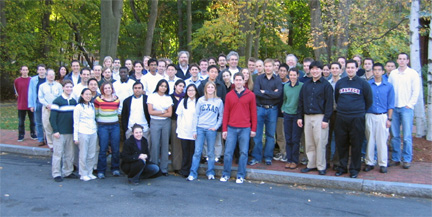
iGEM is About Education, Not Profits
On iGEM's website , there is a page listing their core values, and it includes a video from iGEM President Randy Rettberg. After thanking a number of people for the success of the iGEM Foundation, he says this (1:37):
In that big long list of people to thank, I'd like to add one group that is really the most important group. And that's you, the iGEM teams. Without you, iGEM is a waste of effort. It's your work, it's your organization that is really the key to iGEM.
Randy Rettberg
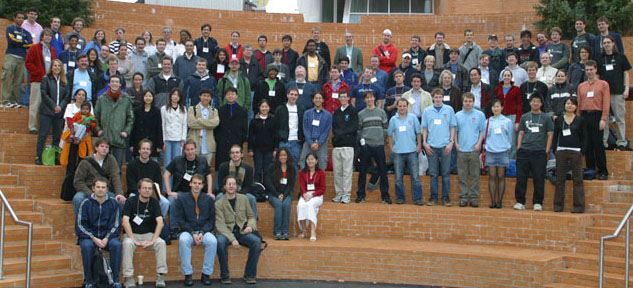
And I agree with this wholeheartedly. We, as teams, have invested countless hours to work on projects that we find exciting and invigorating. Not because we hope for medals or awards at the end of the year, but because we love doing it, and iGEM gives us the means and opportunities to do so.
Participating in iGEM is often the first time that university students get the chance to do science — real science, from the ground up. Coming up with ideas, planning out how to design plasmids and constructs, creating experiments and collecting data. For aspiring scientists and engineers, this is all pretty exciting. Compared to most other university level team competitions, however, iGEM is incredibly expensive.
As can be seen below, we've summarized the average cost of a team to participate in the iGEM competition in 2015, and how quickly the expenses can accumulate.
| Expense | Cost (USD) |
|---|---|
| Single team registration fee | $4000 |
| Giant Jamboree attendance fee (10 people) | $6950 |
| Accommodation for the four nights (10 people, iGEM discounted rates at Sheraton Boston) | $3428 |
| Transportation (10 people; depends on proximity of team to Boston; some flights cost over $2000 USD per person) | $2000 — $20,000 |
| Wet Lab chemicals and equipment | $15,000 |
| Total | $31,378 — $49,378 |
To put it succinctly: this is an exorbitant price to pay.
In my mind, the iGEM Competition exists to educate students about synthetic biology: connecting individuals with other students and organizations from around the world that share their passion for genetic engineering; giving students the chance to peel back the curtain and experience science themselves, first hand; and preparing future scientists, mathematicians, engineers, politicians, and artists for what this branch of science can become. I do not believe it exists to only offer these opportunities to those who can afford it, and requiring such a high barrier of entry only serves to keep this opportunity from those who cannot.
I am not the only one who feels this way. Similar figures and views are expressed by Vilanova and Porcar . I understand that booking a space that can accommodate 3000 individuals is not inexpensive. I also understand that hiring personnel to look after hundreds of judges, thousands of students, and millions in expenses does not come cheap either. But like you yourself have said, without us students, iGEM is a waste of effort. These figures require significant institutional backing and support, and not every institution can defend this expense, let alone afford it as an annual occurrence. It's a shame that there are so many students who cannot afford to participate in this educational experience because of the price tag you've set.
This price is very difficult to justify after looking at audit statements made publicly available on the iGEM website . From 2011 to 2014, net assets for the iGEM Foundation have nearly doubled ($238,919 in 2011 to $447,045 in 2014), with a significant drop in 2013 (down to $66,550) and rise in 2014 (up to $447,045). Below are a few figures detailing the changes in iGEM's expenses and revenues from 2011.


To highlight the point I'm making, iGEM had a net increase in assets of $380,495 USD in 2014. Bearing in mind that the iGEM Foundation is a non-profit organization, I repeat myself: this is an exorbitant price to pay.
I would like to see over the next couple years a significant effort on iGEM's part to reduce the fees to the competition. Not only for the sake of saving money, but for opening up the competition to less privileged individuals. This year the high school teams will be a part of the Giant Jamboree, and there has been a push in the last few years to integrate high schools into the competition. But if affording over $30,000 USD is difficult for university teams, it is near impossible for many high schools to afford this. Without significantly reducing entry costs, it is of my opinion that the High School Track will not bear fruit worth the investment.
Registration and attendance fees are funds being put forward by university faculties and departments, by organizations and fundraising efforts. Summed over all the teams involved in 2015, well over $3 million USD is spent, and one can easily make the argument that this funding can be put to more efficient and impactful use. Funding for research with higher potential, outreach programs for more students, and augmented curricula to better help students are just a couple ways this money can be spent that has an impact on a significantly larger number of people than the few thousand involved with iGEM each year.
None of this is to say that iGEM is not a useful investment, or that there's nothing useful gained from participating in this competition. Absolutely there is, as I think every iGEM alumni can attest to. I am simply stating that I and others expect more from such a large investment.
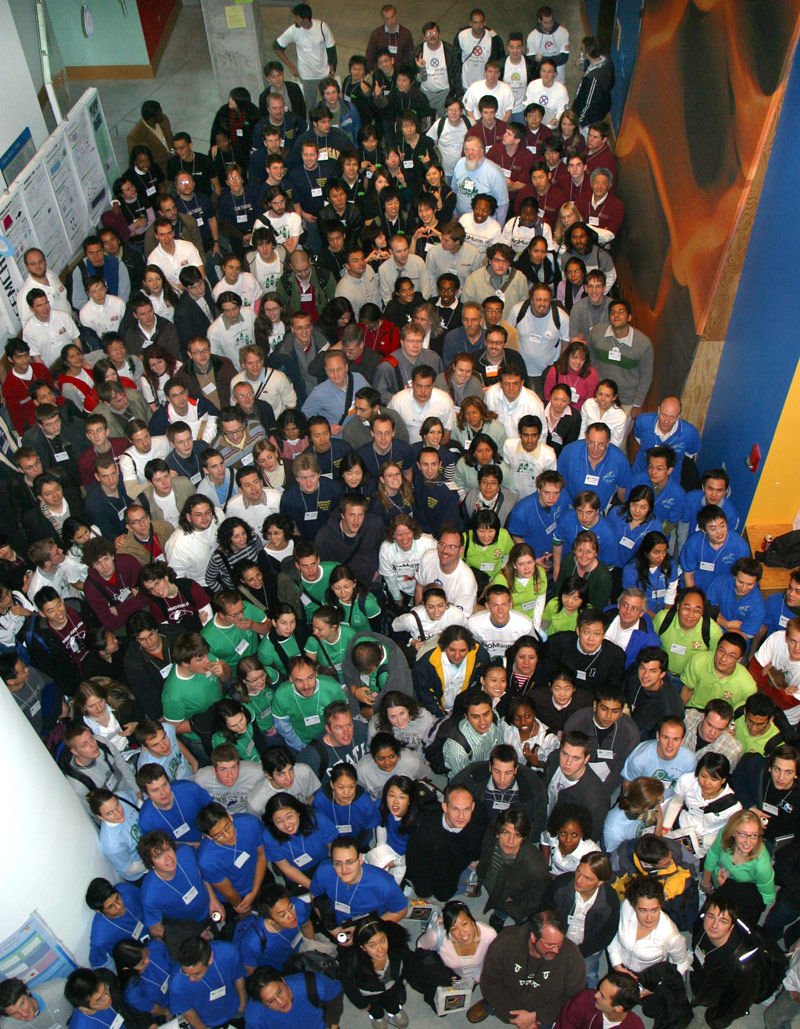
iGEM is not Science
This may be a controversial statement, but I intend to justify it. iGEM operates on a year-to-year basis, but science does not. It's a continuous process of research, prediction, and refinement to make a sturdy foundation which is then built upon. This difference in timespan and scope leads to different objectives, which is entirely justified and not something I have issue with. What I do have issue with is the attempt to make the outcome of the two the same, even though the work meets different specifications. iGEM lacks the review and refinement process that general science adheres to, and because of this it is difficult to make a foundation that persists from year to year. Lack of reproducibility, independent verification, and incentive to create work with long-lasting impact (instead of works that appear to have impact) make this foundation flimsy. Even those with the best intentions of making something that will be useful for years to come can slip up.
Take for example, the 2014 Heidelberg team. Last year, their project focused on circularizing proteins to improve their stability, and applications of those developments. Their project was very impressive, and as a result of their hard work, they won the best undergraduate project. Two main parts of their project were software oriented: Circularization with Rods and Angles of Unlinked Termini (CRAUT) and iGEM@home.
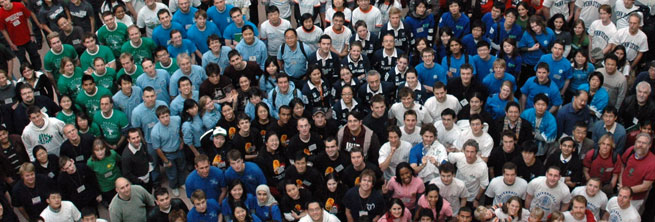
The CRAUT software is meant to aid scientists in finding appropriate linkers for circularizing proteins, particularly ones whose ends are far apart. As discovered by the Queen's team, parts of the software are broken, and require fixing. They discuss their troubles with CRAUT here, and what fixes they used to make the software work for them.
As for iGEM@home, it was described as a distributed computing platform that would allow iGEM teams and individuals to run jobs on a cluster – something that is particularly useful for protein folding and circularization. But when looking into using this system in March, we found that the page was down and inaccessible. There were mentions on Heidelberg's wiki pages that they would be more than happy to hand over control of the platform to iGEM HQ, or that changes may be made in the future ; however, there is no indication anywhere that iGEM@home is being used let alone even running, and there is no incentive to make sure that this happens once the Jamboree is over.
There is even little impetus to make sure that incorrect statements are fixed, and the Waterloo team is not innocent of this. At the 2014 Jamboree, our team was awarded Best Undergraduate Model, and we had an extensive wiki dedicated to our modelling last year. iGEM HQ even used it as an example for other teams to follow. But after the competition, we realized a number of values in our parameter tables were incorrect , and we tried to fix many of them out of good conscience. However, I am still not 100% confident that all the values are entirely correct, or appropriate enough for the models we developed. Unfortunately, it is likely that no teams or judges are going to check the validity of our data thoroughly enough during or after the Jamboree to notice mistakes, let alone correct them. Fixing these values completely was not a high enough priority for our team this year, since the next season of iGEM got underway in a few months and there were other, more pressing matters to take care of.
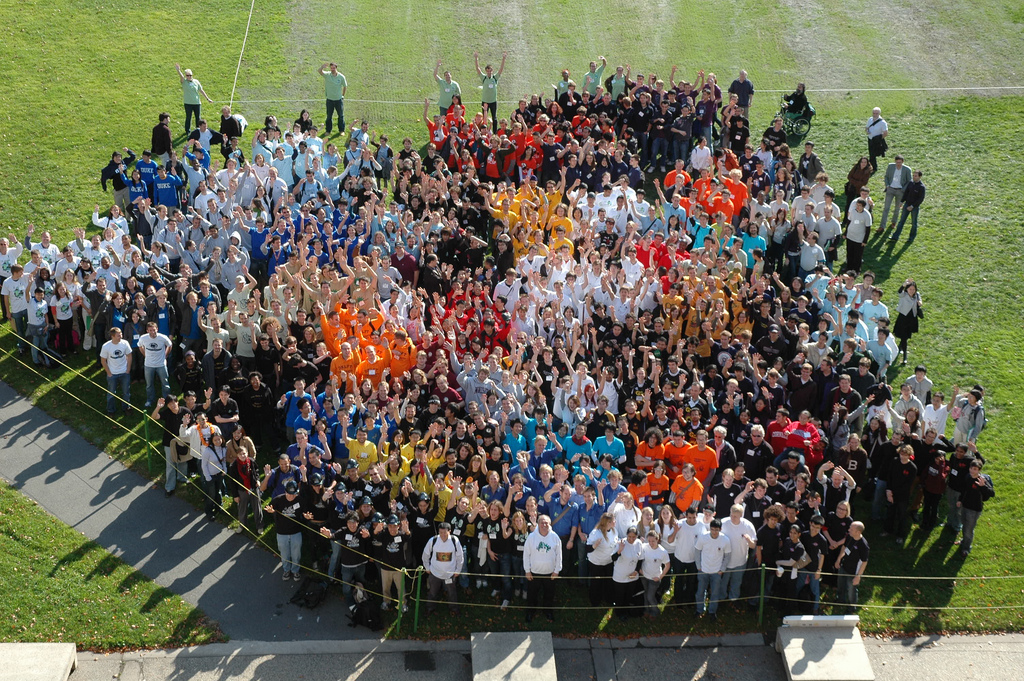
This argument can be applied to the BioBrick Registry as well. There are a number of teams that submit less than ten BioBricks each season, and there are teams, like the 2014 MIT team that submitted fifty-six parts . Many BioBricks are well documented (here is one from MIT, for example) but there are also many poorly documented ones that don't give adequate detail of characterization (this part, for example). The volume of new BioBricks introduced each year is too much to parse, and it becomes difficult to independently verify the validity of a part.
Interesting parts will often be used by future teams, who can say whether a part works as described or needs to be corrected; however, the vast majority of parts will never be used or looked at again. If the Registry is meant to be a database of parts to be used, the vast range of quality makes it difficult to trust that any part is high quality, even if it's thoroughly documented. It is intractable for a group to verify the results of each submitted BioBrick, and independently verify results, so we are required to rely on the results of the individuals who created and submitted that BioBrick.
Independently verifying results is a core tenant of science that is used inconsistently with regards to the registry. This inconsistency and lack of adherence to fundamental scientific principles makes it difficult to see the Registry as something other than a plasmid mystery grab bag: you don't know what you're getting until you take a look inside.
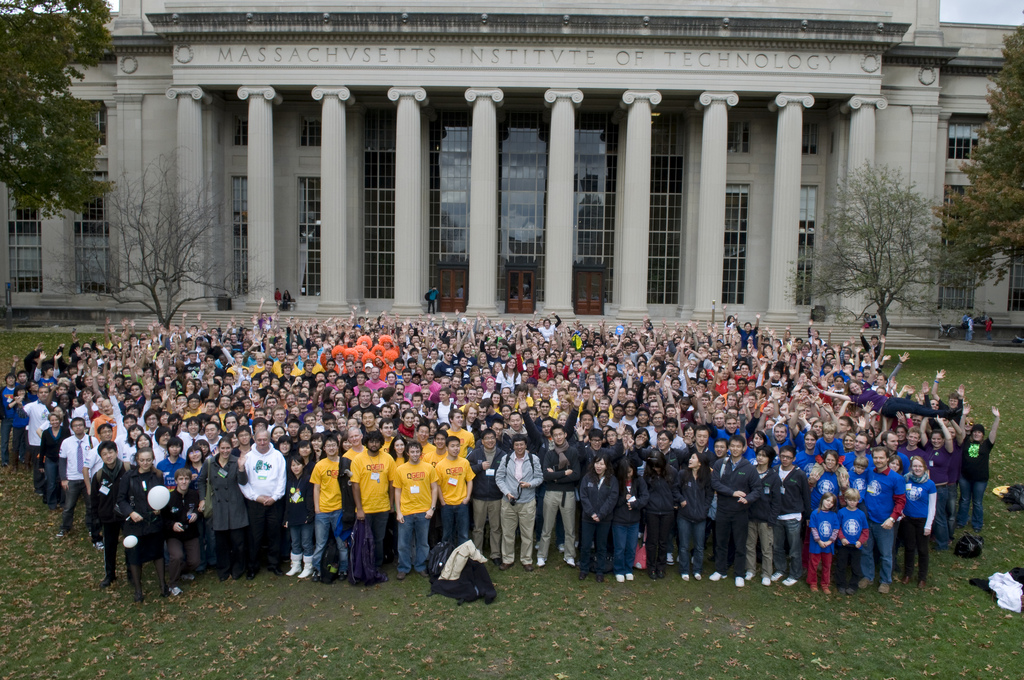
Likewise, it's not difficult to extend this reasoning to wikis, models, and even entire projects. There's considerable effort from teams to make sure their information is as clear as possible, but despite efforts to make information relevant and useful for years to come, more often than not the information doesn't mean much for scientific progress. But I expect that. Why? Because we're students, not experts. We're still learning, and no matter how much we learn over the course of a year or two, we aren't professionals.
I am not saying that teams should be expected to live up to the expectations of fully qualified scientists or developers, and that if they don't meet those requirements they should stop. Nor am I arguing with the intent for these works. All of the above is meant to illustrate one idea: iGEM has little, if any, incentive to work on projects with any long-lasting benefit. Once the Jamboree is over and the prizes are awarded, there is little motivation to make sure the completed work is updated, or that even the most basic of errors are fixed.
That is not science. That stems from the fact that iGEM is an educational program, and I am OK with that. But conflating the two ideas and attempting to build upon a foundation that is inherently unsturdy gives me pause, and leads me to believe the goals of iGEM should be readdressed and clarified for following years.
Where Do We Go from Here?
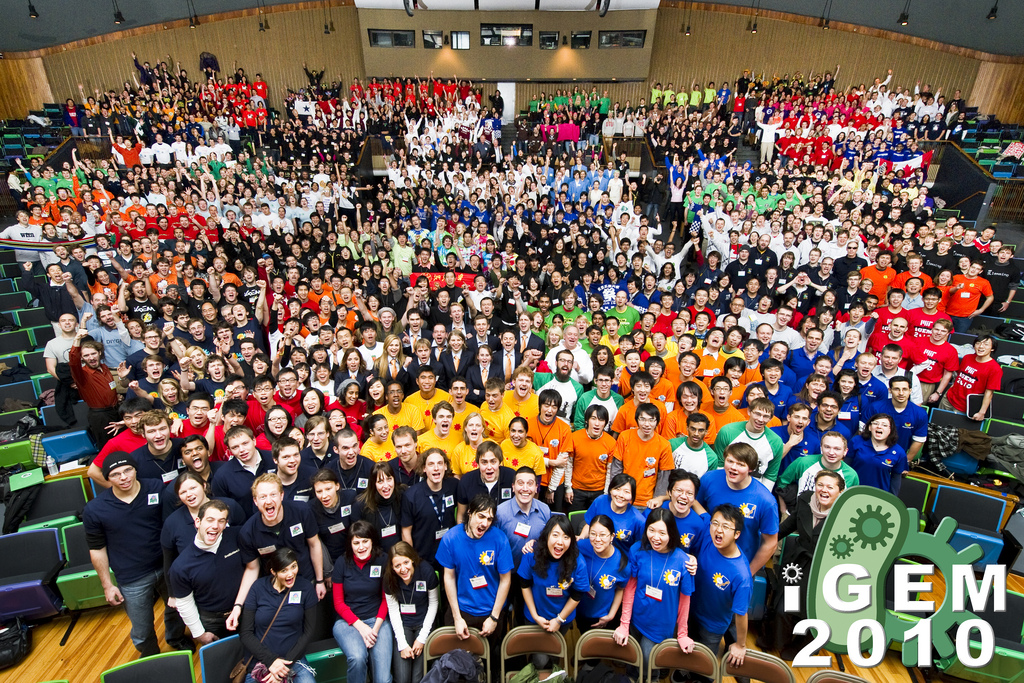
After all of the points I've mentioned above and other criticisms I have, I still care about iGEM, and I still think it's an incredible experience to be a part of. We all know that synthetic biology is still a young field of study — we can see the potential in it. Being able to learn about this field and experience it first hand is an extremely valuable educational opportunity; and not just for the exposure to this body of knowledge. Learning about the very basic scientific principles, learning how to be an effective member of a team, learning about all the gears that need to turn to bring a project to completion, and learning what inspires and motivates you to work are all part of it.
I think that's the most important thing to keep in mind: iGEM is an educational opportunity. It explains why I have such a problem with the price of competing. It explains why I have issues with attempts to expand iGEM beyond its scope without addressing foundational issues that come along with growth.
If you, the iGEM Foundation, would like to shift focus to have more scientific impact, please, by all means do so. But recognize what foundational changes need to be made to accommodate this, and how straddling the line between two objectives can take away from efforts to achieve both.
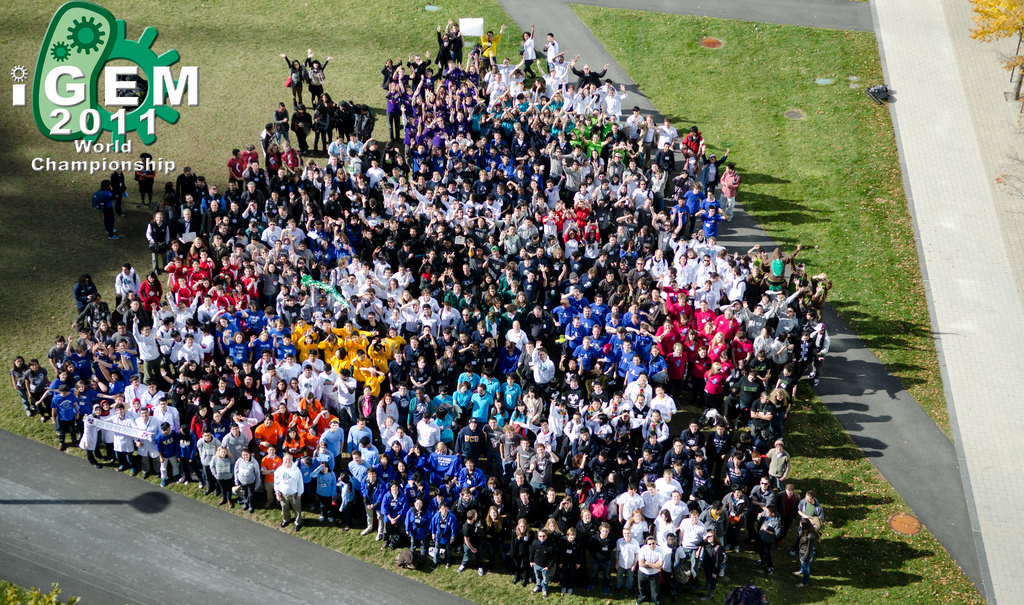
As for where I stand and what changes I would like to see in order to keep the emphasis on education, I would like to see a return to regional competitions next year. This not only makes travel less burdensome for teams, it also makes the Jamboree less expensive and easier to manage, as there are fewer teams attending. While it is exciting to have thousands of individuals under one roof to share in each other's projects, having too many events simultaneously can detract from the overall experience. Regional championships also have benefits for the high school tracks, as this is more affordable for high school students, and doesn't require the breadth of knowledge needed to understand hundreds of projects. It gives high schoolers more opportunity to interact with university students and advisors, more opportunity to have in-depth conversations about interesting topics, and more opportunity to become acquainted with the field instead of being overwhelmed by it. Learning about local universities and getting an introduction to the world of synthetic biology is much more important for high school students than whether or not they can afford to participate.
With regards to incentive for long-lasting impact, I would emphasize on quality over quantity. Each BioBrick should have the capacity to be useful to others, and standards for the Registry should change to reflect the current scientific landscape. Incentivizing advancement of the field over flashy ideas with potential will not only help teams focus on important foundational changes and progress, but also allow individuals to see what it takes to make real headway. Encourage collaboration more and make it easier for teams to do so, since we can all benefit from each other's help and teamwork is an essential skill that can be developed.
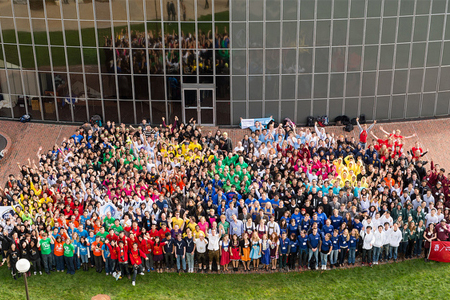
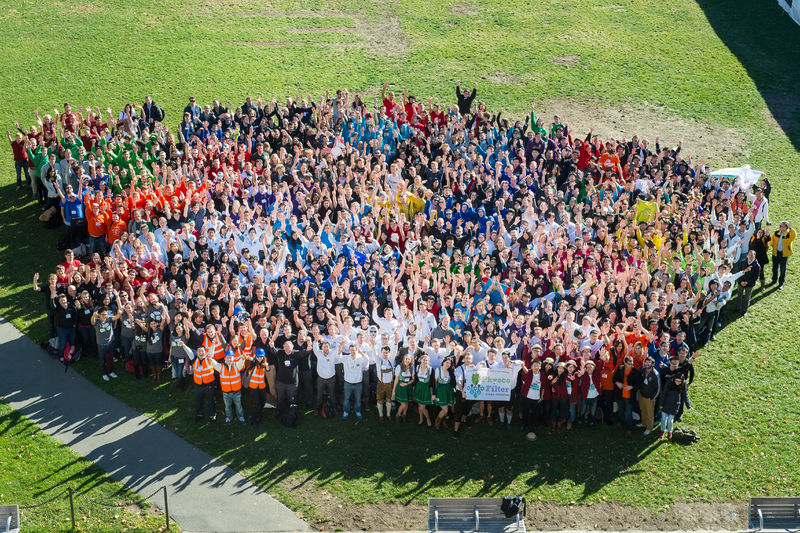
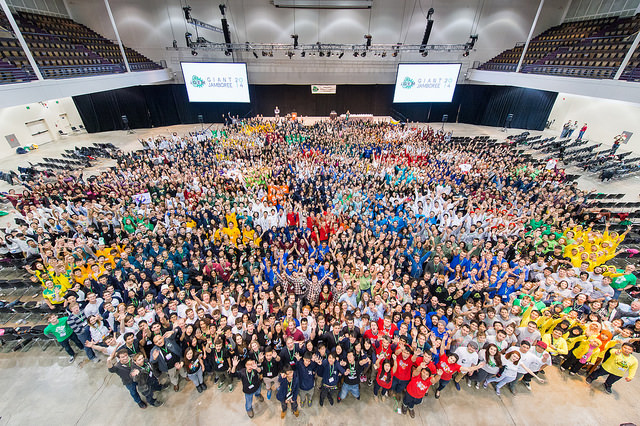
It has been a fun ten years for Waterloo, and a difficult but rewarding three years for myself. I have learned a significant amount and will look back fondly on the countless hours spent working on various projects. And while I have issues with certain aspects of iGEM itself, I have hope that progress will be made to make iGEM more accessible and impactful, maybe even with some ideas stated above. It'll take some work, but as Randy Rettberg wisely said in the video mentioned above (5:10):
We don't make iGEM easy to do, we make it worth the effort.
Randy Rettberg
James Hawley, Waterloo 2015 Director
Post-Jamboree Update
In an unexpected turn of events, Randy Rettburg ended up sitting down with me during the Jamboree and we chatted for over half an hour about what I wrote about above, and the situation at iGEM for the past few years. I won't divulge exactly what was said since I'm not sure how much he would like me to share, especially about his personal involvement in some aspects of the foundation. Regardless, I sincerely appreciate his time, and the fact that he decided to face the criticism I had head on. He's a very busy man and he had an overwhelming number of things to do that weekend, but he decided to take the time to explain some things to me, and I want to thank him for that.
We talked about how close iGEM has come to closing down in the past, why certain things were cut this year, why the Giant Jamboree makes organizing travel much easier than regional competitions (especially for teams from outside North America), and how much work the eight employees put in to make iGEM run as smoothly as it does. Randy brought to light some points that I was unaware of and helped give me a better perspective of the situation. He had said that planning and organization for non-North American teams is a nightmare when you don't know if you're traveling halfway across the world until two weeks before you need to do it, and I completely agree with him on that point. I am perfectly fine with changing my opinion on regional competitions.
But I knew I was naive to certain points when I wrote this, and I believe that the main points I make are not hindered by that naivety. The justifications may be different, but my overall points remain the same. By no means am I trying to denigrate any of the great work that the iGEM Foundation puts in each and every year.
What I am trying to say is that I can be grateful of everything that iGEM has done for me and thousands of other individuals, and still disagree on some of the fundamentals and how things are conducted. Some of my disagreements are listed above, and I still hold these opinions after my conversation with Randy.
He offered justifications as to why things are the way they are, and his opinions on how teams acquire funding, how they run, and what directions iGEM can and is willing to take. And while I don't disagree with what he said, I felt like it wasn't enough. There are less obvious points about who is responsible for funding, what prices are fair and what prices seem too much; what constitutes education and science, and making clear what role iGEM can and does play in each of them; and what iGEM's direction is, what its goals are, and what its responsibilities are.
But I understand that all of these complexities can't possibly be covered in a half hour conversation with someone you've just met. I also understand that at some point tough decisions need to be made about iGEM in general, and even if you have the best intentions, you can't always do everything you want to accomplish. I experienced that myself with my own team this year, and I know that dealing out criticism is much easier than finding and implementing solutions.
I still believe in my opinions exressed above (except the regional competitions), and that there are ways to combat these issues that haven't yet come up. But I do believe iGEM, like any other group, will grow and change over the years, and with each iteration become better than they were before. I genuinely hope for the best for everyone involved, and I look forward very much to seeing the progression that the iGEM Foundation takes, and the community as a whole.